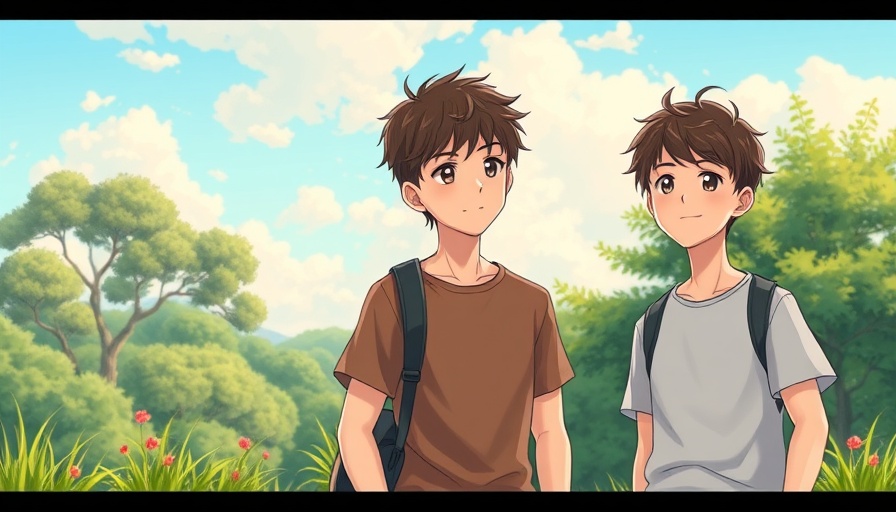
Unlocking Creativity: How to Generate Ghibli-Style AI Images
The enchanting world of Studio Ghibli, known for its extraordinary animation and heartfelt storytelling, has inspired a wave of creativity through artificial intelligence. With tools like Grok and ChatGPT, users can now create their own Ghibli-style images at home, revolutionizing the way we engage with art and technology. However, with limited access to traditional image generation models, understanding how to maximize these tools is essential. This guide explores how to create captivating Ghibli-style images using the innovative capabilities of AI.
Understanding the Limitations of Current AI Tools
The intersection of AI and art can often lead to frustrating experiences. ChatGPT, while powerful, is currently inundated with user requests, limiting free accounts to just three image generations at a time. Meanwhile, Grok, developed by xAI, allows for longer uploads but lacks precision in artistic detail. This discrepancy showcases the need for fusion between both tools, harnessing their unique strengths.
Creating Better Art with Detailed Prompts
The key to generating stunning visuals lies in the precision of your prompts. ChatGPT serves as an excellent assistant in this regard, capable of crafting intricate queries that a standard interaction with Grok might miss. A well-structured prompt needs to encompass specific elements such as context, subject-matter, color tones, and emotional atmosphere. These factors help define the artistic edge of a Ghibli-style image, ensuring the AI has clear guidance.
Step-by-Step Image Creation Process
Here's a simplified process to harness the capabilities of both ChatGPT and Grok efficiently:
- Brainstorm Your Idea: Begin by conceptualizing what you want to create. Be sure to include intricate details about the characters, settings, and emotions you hope to convey.
- Generate a Text Prompt with ChatGPT: Utilize ChatGPT to create a comprehensive text prompt based on your ideas. Provide as much detail as possible to guide the image generation accurately.
- Use Grok for Image Generation: Enter the text prompt into Grok to create your image. Experiment with the inputs if the results aren't satisfactory, adjusting the details for clearer outcomes.
Analyzing Results: What Worked and What Didn’t
Consider the differences in results when relying solely on Grok versus using ChatGPT for prompt creation. For instance, experimenting with an image generation of famous Indian cricket captains highlighted discrepancies: faces, jerseys, and backgrounds changed drastically. However, when prompted by ChatGPT, results improved significantly, showcasing impactful character representations and appropriate Ghibli-style effects.
Future Opportunities and Reflections
The blend of AI in creative processes is still in its infancy, but it indicates a promising future for artists and technologists alike. As tools evolve, the interaction between user creativity and AI-generated art will only deepen, establishing new opportunities. There’s likely to be an increase in accessibility to high-quality image generation, yielding richer artistic experiences for everyone.
Call to Action: Join the Ghibli Revolution!
Engage in the world of Ghibli-style art generation today. Experiment with Grok and ChatGPT to unleash your creativity, share your results online, and connect with a growing community of AI art enthusiasts!
 Add Row
Add Row  Add
Add 




Write A Comment